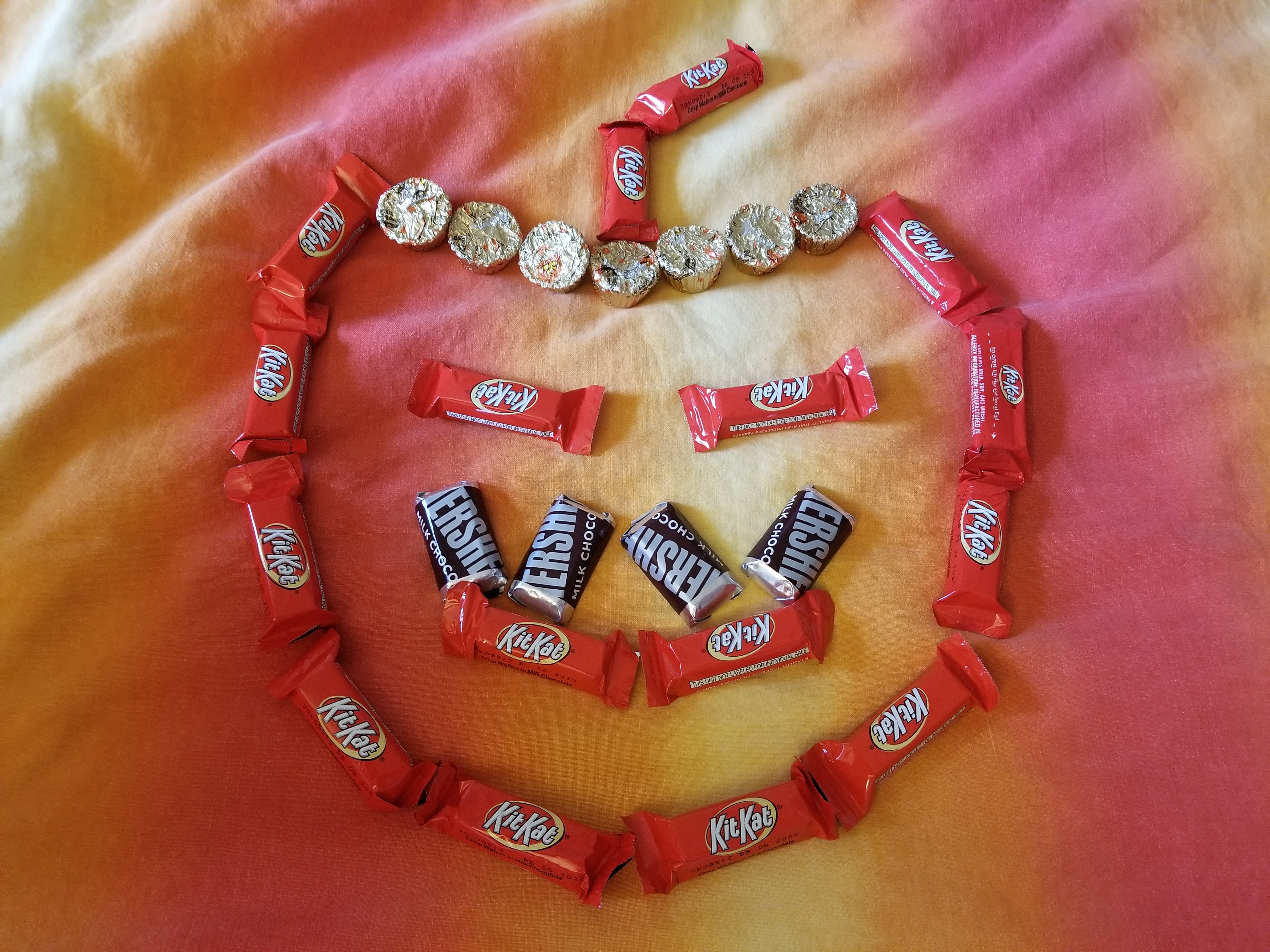It’s that time again, folks. One of the greatest holidays of the year (second-best behind Christmas), Halloween. It kicks off the holiday season as the young and old gorge themselves on candy, costumes and scary movies.
However, a constant fear among those celebrating the spooky month is the potential for trick or treaters’ bounty of candy to be tainted with dangerous materials such as poison and razor blades.
Yet, Joel Best, a sociology professor at the University of Delaware, has spent over 30 years studying and concludes that most reports of “Halloween Sadism,” or crimes specifically committed using Halloween treats or customs, are of questionable authenticity.
In fact, there are zero reported cases of someone randomly passing out poison and killing unsuspecting trick or treaters.
The only confirmed case of tainted candy is much more heinous.
Much of the blame for these rumors can be put on a Texas man named Ronald O’Bryan, whose actions would christen him as “The Man Who Killed Halloween.”
O’Bryan, looking to claim life insurance money from his children to pay off debts, gave cyanide-laced pixie sticks to five neighborhood children, including two of his own on Oct. 31, 1974. Only one of them ate the tainted candy, and it was his eight-year-old son Timothy.
Timothy died that night, and O’Bryan was the prime suspect. He was convicted of the murder on March 31, 1984 and sentenced to death.

Related Articles
When is the appropriate age to stop trick or treating? Does such an age exist, or should teenagers be allowed to indulge in the spooky tradition as well?
In 1964, Helen Pfeil, a New York housewife made that decision in a controversial way, handing out ant poison, dog biscuits and steel-wool pads to children she deemed “too old” to be going door to door.
She was arrested and maintained that it was just a “joke” when questioned. Thankfully, no one ingested the poison.
As an added shade of irony, Mr. Ptfeil accompanied the couple’s 14 and 16-year-old sons trick or treating that night as well.
One final (and fascinating) case of candy contamination took place in Japan in 1984, perpetrated by a crime ring known as the “Mystery Man with 21 Faces.”
Ezaki Glico, a major confectionery company that produces biscuits and processed meats was under fire from the crime group. In March of that year Katsuhisa Ezaki, president of Gilco, was kidnapped by three men with a ransom of $4.3 billion in cash or 220 pounds of gold bullion requested.
Ezaki managed to escape his capture unscathed three days later, however, his perils were far from finished.
The crime group set fires in two of his plants and letters were sent to news organizations in Osaka in mid-May warning of cyanide-laced packs of Glico candy being placed on store shelves.
It was an empty threat, but Gilco sales plummeted which led to 1,000 workers being laid off.
Then on Oct. 9 of that year, something more sinister took place. The extortion plot continued when packs of sweets were found to be laced with cyanide, complete with typewritten warnings of its contents.
Threats were later sent out warning that 30 more boxes of contaminated sweets would be sent, without labels, if their demands were not met.
Action was quickly taken and no one consumed the poison, but to this day, following 125,000 investigations by Japanese police, the Mystery Man with 21 Faces was never found. The lone casualty was the chief of the Shiga Prefecture police department, who eventually killed himself because of his failure to stop the crime ring.
Also in the news recently are warnings and reports of cannabis-laced sweets being handed out to children.
To those concerned about this: Chill out. No one is going to give their edibles to strangers. They are too expensive, and the only way they’ll get mixed in the trick or treat bowls is if someone prepares it while they’re high (which is probable, I guess). So you may have to deal with a tired, giggly, paranoid and very very hungry six year old for a few hours. Isn’t that what regular six-year-olds are like anyway?
So no matter how many “Dear Abby” columns warn us about strangers in the dark giving perfectly good rat poison to kids indiscriminately, just know that if anyone is gonna spike Halloween candy, it’ll be someone you know!
Henry Wolski
Associate Editor

